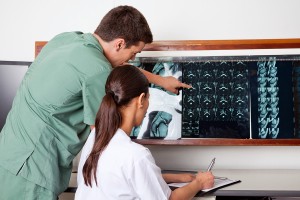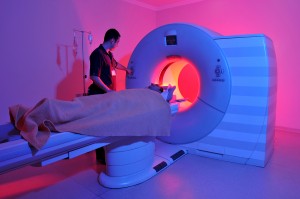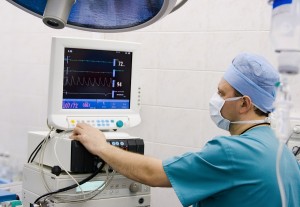Industrial Design Generates Incredible Medical Technology
Medical device development is the lifeblood of the healthcare industry. Without MRIs, EKGs, and similar devices, a doctor’s diagnoses would be virtually unfounded. Much like the pharmaceutical industry, the medical device industry represents healthcare implementation. Good health is not possible without it.

It is important to realize the needs-based aspect of the medical device industry. These devices are developed to address specific needs and perform highly specialized functions in doing so. Often in development, situations arise that test the design in relation to that specialized functionality. Much as a rhetorical situation dictates a lawyer’s crafting of his closing argument or a President’s development of his wartime address, a principle of implementation in accordance with the specific medical issue that originally called for the device must guide that device’s development. This is where industrial design comes into play.
Industrial design is a form of engineering similar to small scale architecture. It is a combination of mechanical design and applied art, or aesthetic design based on function and form. These skills are employed throughout the development process in order to fulfill the purpose of the device. Industrial design does not focus on the nuts and bolts of a thing, but rather the practical aspect of it – that which is engaged by the user. To use a computer analogy, an industrial designer would focus on the user interface as opposed to the code that makes the interface work, although the two areas can and often do influence each other.

Again, industrial design is a needs-based service. Similarly, medical device development is a needs-based industry. While in development, a device concept will be passed back and forth from department to department in an effort to determine if different requirements are being met on a macro level, such as MD review to determine the device’s effectiveness in contributing to a cure, reducing patient discomfort, and other points of care. On a micro level, industrial designers will specifically focus on regulatory requirements, manufacturing considerations, and general usability to determine whether or not a device already determined to be effective will remain so. In other words, industrial designers make the little things work to make the big thing work. Only after the industrial designer has successfully addressed each of these areas can the device enter into production and distribution. Bottom line: no industrial design service, no product.
A good industrial design consultancy can resolve multiple regulatory requirement issues. For instance, MRI machines have specific governmental guidelines on shielding patients’ reproductive organs from excessive radiation during scans. An industrial design consultancy was contracted in order to allow for the additional protection while not interfering with the rotational functionality of the machine’s interior. Now, because of this, MRIs are as effective as they were designed to be while still in conformity with safety standards.

Manufacturing issues can also call for industrial design services. Consider a centrifuge in a medical lab. Often, it is necessary to keep the interior at a certain temperature while the machine is in operation in order to prevent the specimen from breaking down improperly. Therefore, an industrial designer must be able to offer methods of manufacture with insulation considerations. The temperature of the interior must remain unaffected by the heat of the motor, and the two areas must therefore be housed in separate casings and joined as an assembly. The consultant would need to recommend a design for that assembly that would not compromise rotational capabilities.

Most importantly, industrial design services address usability issues. In terms of medical device development, these are often related to provisions of care. Consider a blood pressure monitor. When designing the user interface, an industrial design consultant weighs whether this is a home-use machine or a machine to be used by trained staff in a medical facility. If the patient is operating the device as opposed to a doctor, a new standard of usability is brought forth. The control and display panels must be designed so that the untrained user can understand the blood pressure results. For example, an industrial design consultancy would suggest printing ideal blood pressure levels on the faceplate of the home-use machine. There would be no need for such a suggestion for an in-office model because a doctor would already know the ideal levels.
There is little in the world of medical device development that industrial designers don’t contribute to. These same concepts translate across most industries and disciplines throughout the industrialized world. A solid industrial design consultancy can allow your product to become patented and mass produced by meeting regulations and design requirements unmet in other ways.
Erik Henderson is an avid blogger who follows the healthcare industry closely, as well as blogging regularly about the latest gadgets and developments in technology . Follow Erik on Google+.



